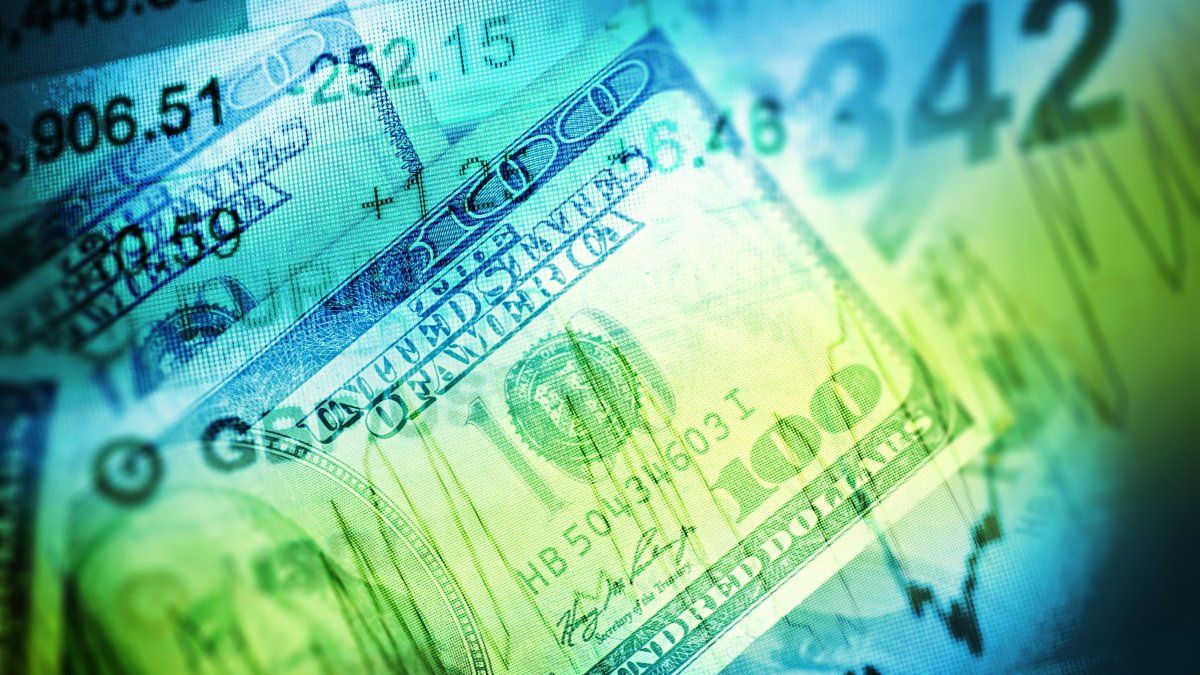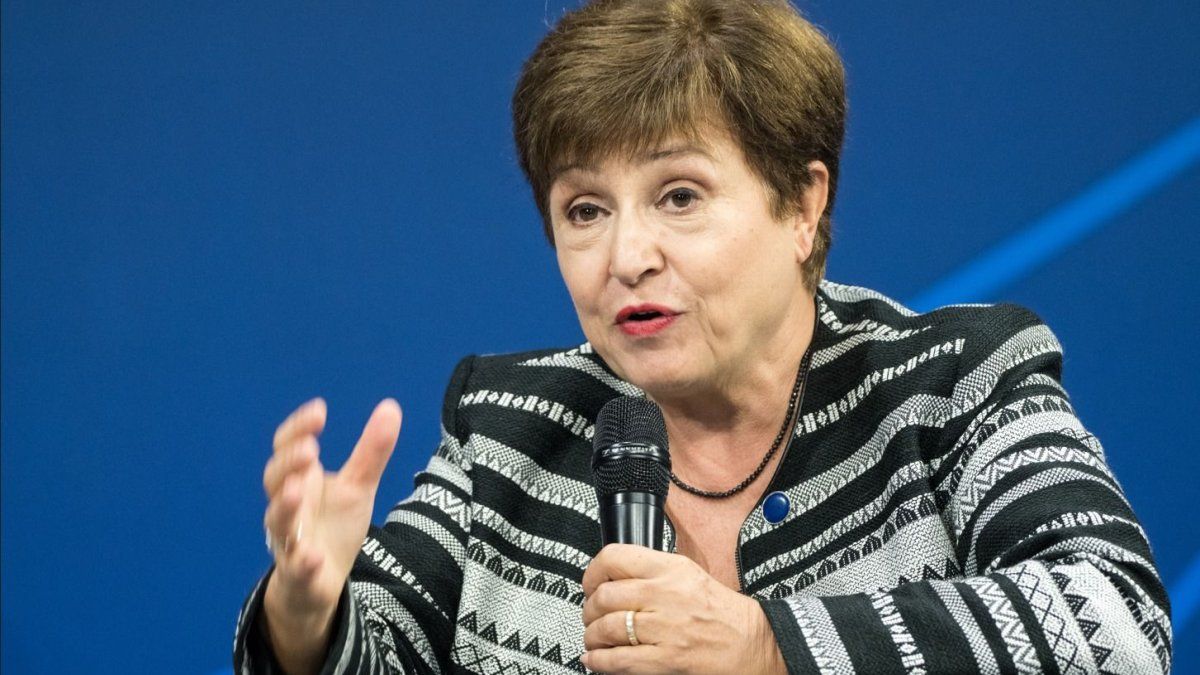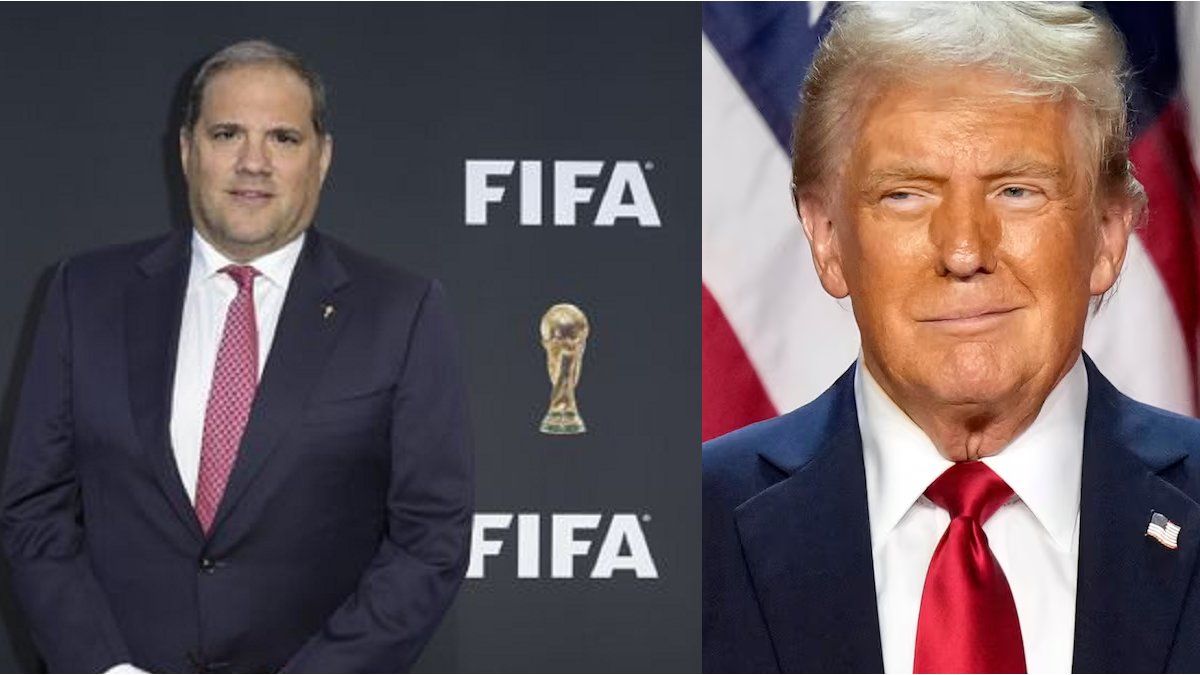In the market they analyze what will happen to the blue dollar hours after the “war against inflation” announced by President Alberto Fernández begins.
Blue dollar: What are analysts saying?
The economist and head for the NOA of the Mediterranean Foundation, Lucas Dapena, said that “the price of the dollar increased much more than the situation in general”, so the agreement with the IMF that this Thursday would be sanctioned definitively in the Senate, “there should be no jump in the blue dollar.”
“The agreement with the IMF means that there will be no pressure on the dollar. If the dollar does not rise, prices would more or less remain,” he said in a dialogue with FM Capital.
By focusing on this variable and with inflation in February that rose to 4.7%, according to the National Institute of Statistics and Censuses (INDEC), for Dapena the local scenario responds “to our price rise and apart from what generates the external situation”.
“The dollar calms down with the agreement with the IMF”, however, “now in Argentina we have our price rise and apart from what the situation abroad generates. It is not clear how much the rise can be due to international news “, he explained.
“The approval of the agreement with the IMF in Deputies moves us away from a disruptive scenario and the greater liquidation of agriculture left better prospects in terms of foreign exchange accumulation,” they pointed out from Portfolio Personal.
Economist Gustavo Ber stated that “the foreign exchange market remains oblivious to external and internal fluctuations, and so the Central Bank takes the opportunity to add reserves in the face of greater liquidations by exporters, although attentive to said dynamics as a result of rumors of new withholdings” .
“The closure of the export registry of some derivatives and by-products of cereals had no impact on today’s activity (yesterday),” said analyst Gustavo Quintana, who warned that eventual protests could affect foreign exchange earnings.
“The agreement has a goal of reserve accumulation, which would be achieved via a current account surplus, which makes the exchange rate endogenous (if dollars are lacking, the exchange rate has to rise, and vice versa). The more the official exchange rate, the lower the expectations around a dollar in arrears, which takes pressure off the exchange rate gap,” said Paula Malinauskas, Economist at the LCG consulting firm.
“The gap with the alternative dollars can be reduced even more, but we expect it to remain high. The agreement with the IMF was good news that allayed fears of a soaring dollar, and in this sense the expectation of higher incomes also played in favor of currencies due to the rise in commodities and the fresh funds from the IMF. The financial dollars had risen due to the fear that the agreement would fall and this news brought some relief. In this context, another factor comes into play, which is the carry trade The rise in interest rates (which will probably continue) favor the transfer to pesos in the short term The question is how long this will last, because eventually some of the savers will want to switch to dollars again and that would push the price of the dollar “, raised Isaías Marini, an economist at Econviews in dialogue with Ámbito.
“In this scenario, it is likely that the gap will fall somewhat more, perhaps to 70%, but it will hardly go below that. This is so because the agreement does not imply any type of measure that effectively aims to reduce the gap, and In fact, the IMF endorsed that the government has greater powers for capital control.In addition, the real exchange rate will remain ironed and this level of reserves is not enough, so the Central will not hesitate to tighten the trap when it believes it convenient. And when that happens, the gap goes up,” the economist estimated.
For his part, Pablo Repetto Director of GRA Consultora warned about the possibility of a sharp rise in the “cash with liquidation”: “There is a risk that is associated with the amount of pesos that is circulating in the market. We follow the relationship of the M3 in average pesos measured in CCL This value gives the issuance that has taken place and the drop in the CCL in recent weeks has taken M3 measured in CCL to the maximum of the entire government of Alberto Fernández. , when these maximums have been touched, they have had an adjustment of that value through a significant rise in the CCL. This could happen again or it could not happen. For it not to happen, there has to be a change in expectations.”
“The official dollar is on the rise, not as much as we would like. In January it rose 2.2%, in February 2.3%, in 10 days of March it rose 1.2%. If you project it to 365 days, it is rising at a rate of 45.6% per year and, if you project it to 31 days, it is rising at 3.9% per year”expressed Salvador Di Stéfano in his last report.
“In just 69 days, the official dollar rose 5.9%, when in 365 days of the year 2021 it only rose 22.1%. Clearly the Central Bank is accelerating the rate of devaluation. I think we are going to be around 13 % per year, while the devaluation rate for the same period would be 8.3% We believe that the inflation rate in the USA could be 2.3% in the first quarter, this implies that, If we subtract the US inflation rate from the local inflation rate and compare it with the devaluation rate, we are losing competitiveness,” added the analyst.
In this framework, Di Stéfano assured that “a more rapid acceleration in the devaluation rate of the official dollar is expected, we believe that the devaluation rate would be at a value very close to the local inflation rate, minus the inflation rate of United States”.
“They are doing a game of tweezers to the stock dollar. On the one hand, more liquid reserves will arrive at the Central Bank, if all the dollars they expect enter, the price of the stock dollar could drop too low. We strictly follow our old rule. When the gap exceeds 100%, you have to change from dollars to goods while, when the gap drops below 80%, you have to buy Now, if it drops below 70%, you have to do it with more joy and that’s it, below 60 %, sweep all the dollars you can”, sentenced the economist.
In this sense, he advised “to start buying timidly. It can go down further because the government has been raising the monetary policy rate, which went from 38% to 42.5% per year, and which could soon raise it to 45.0% per year. This generates a scenario of illiquidity that would make the stock market dollar regress to a gap less than the current one Remember that the official dollar is rising at a rate of 3.5% per month as of March, the values expressed above constantly change upwards “.
Regarding the blue dollar, Di Stéfano stated: “It is a smaller market, with less volume and no transparency. It is a market that rises quickly and falls slowly. Its price will slowly adjust to the value of the stock dollar. For now, the who have white money will have the privilege of buying at lower prices, which seems fine to me, they pay taxes for a reason,” he added.
After the versions of new withholdings on exports, he said on Twitter that the increase “will undoubtedly leave a drop in dollar income.”
“Undoubtedly, dollar revenues will fall, and this will be a problem for the Central Bank. Blue dollar alert,” he said.
For the financial analyst, “the official dollar will continue to increase very little”, which “is detrimental to the producer”.
“The solidarity dollar is above the stock dollar, they should eliminate some tax, in my opinion they should take out the profit advance. That way the solidarity dollar would remain at $141.56. The Central Bank does not dare to eliminate it because it fears that with That price leaves very full planes for the World Cup in Qatar. That also means that the official dollar that governs exports of $108.89 is given away for imports and that it takes many products off the market to export. The hypocrisy of the Government on this issue alarm”, expanded Di Stefano.
Source: Ambito
David William is a talented author who has made a name for himself in the world of writing. He is a professional author who writes on a wide range of topics, from general interest to opinion news. David is currently working as a writer at 24 hours worlds where he brings his unique perspective and in-depth research to his articles, making them both informative and engaging.




